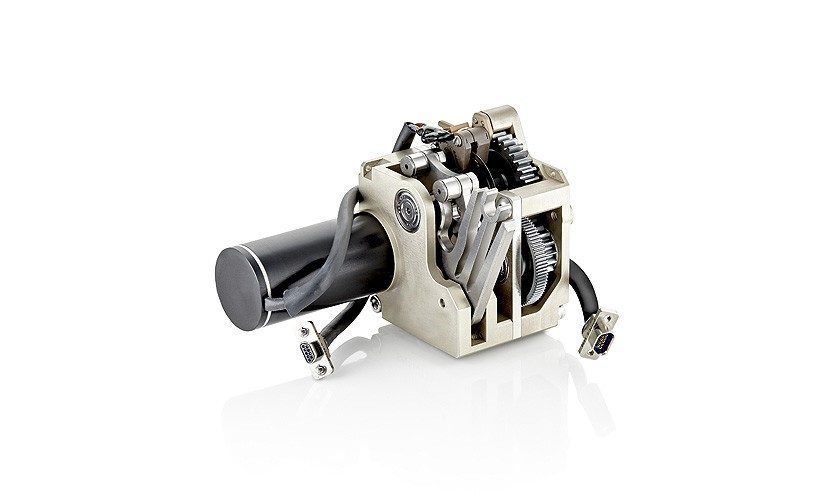What Are the Benefits of an Aerospace Gear Feasibility Study?

A comprehensive feasibility study, as part of an effective DFM process, should examine key specifications of a gear or motion control system and the potential design issues that may occur throughout the life of a device, while offering recommendations to address performance issues in various environments and conditions.
Application Requirements Are Important to a Feasibility Study
Application-specific requirements are fully evaluated in a comprehensive feasibility study. For example, some aerospace applications may focus on torque and speed, while others focus on accuracy. An aerospace gearbox, which controls the positioning feedback system of an aircraft’s landing gear, must utilize anti-backlash gears to avoid inaccuracies in the system. Envelope size and weight must also be considered for aerospace gear applications, due to space and weight constraints on the aircraft. Environmental conditions such as temperature range should be accounted for as well, due to thermal expansion and contraction caused by the temperature changes an aircraft can experience between rolling on the tarmac and cruising at 35,000 feet. These critical design and application requirements must be captured upfront as inputs for the integrated product development team.
A thorough feasibility study will also help identify concerns about production tooling – whether existing tooling is sufficient, or if custom tooling is needed. It can also assess the tolerance of materials for post-fabrication treatments such as plating, deburring and heat treatment of components.
More Worthwhile Reasons to Conduct a Feasibility Study
Poorly finished parts can be a cause of rejected orders and delays in production. A comprehensive feasibility study can help identify dimensional inaccuracies and rough surfaces that can lead to noise, excessive wear and backlash between the pair of gears in mesh, which can result in inefficient power transmission. After reviewing these factors, the DFM team can implement design or manufacturing alternatives that will prevent these problems from occurring.
A comprehensive assessment will utilize computer-aided modeling and analysis techniques to determine load values and directions, life expectancy, heat treatment specifications and tolerance areas such as stack-ups, backlash and hysteresis. Collaboration with partners that have both high-precision manufacturing capabilities and the design services needed to conduct comprehensive feasibility studies throughout product development sets the stage for a more successful product introduction.

